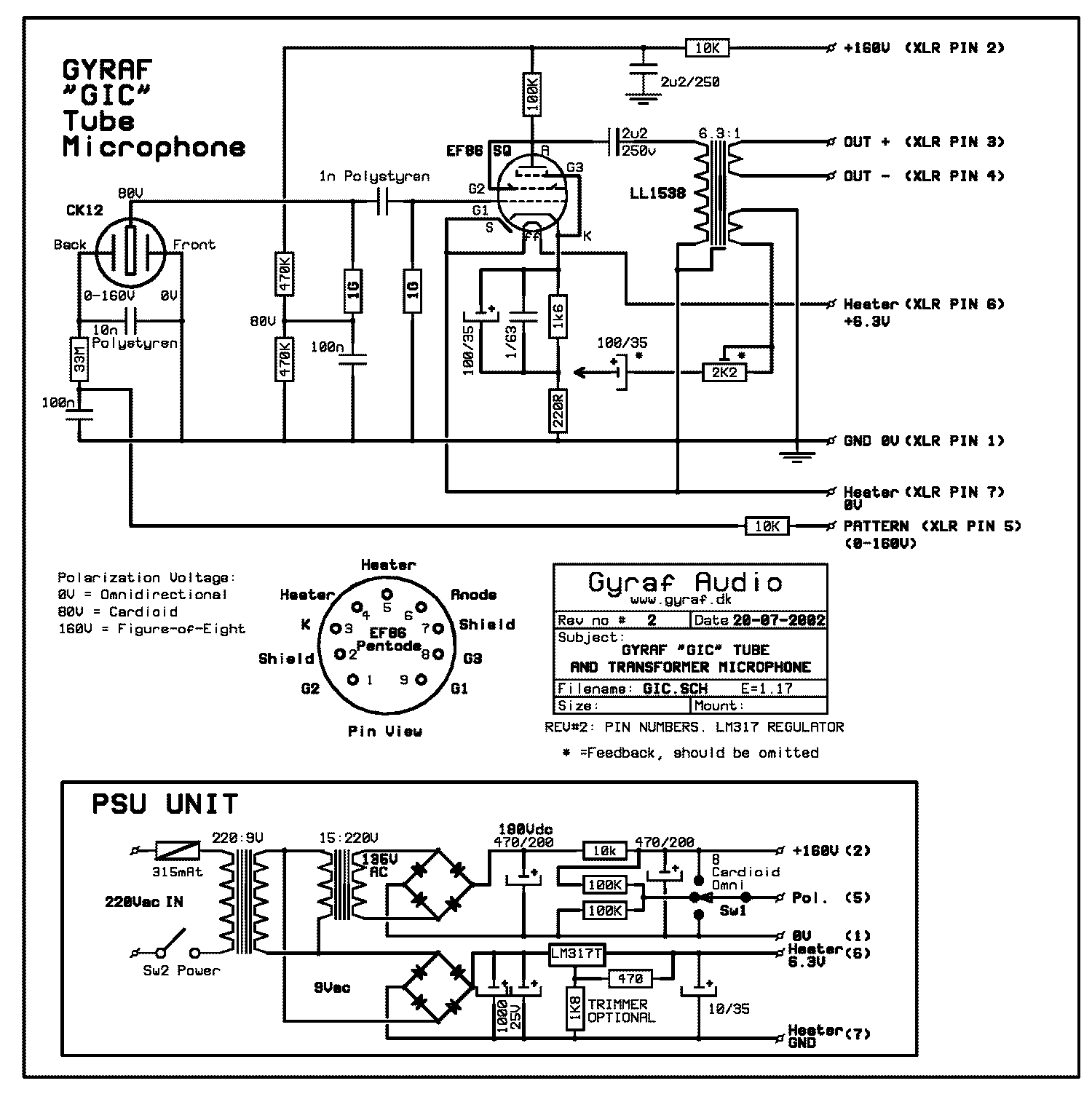Matador said:Nice to hear!
Can you define 'very low', and under what conditions (like pattern, etc)?
OK, installed the TC capsule and the 6072A 5-Star from Christian Whitmore. Unfortunately, additionally to the low output, there is a severe noise in the signal. See file in dropbox. It was recorded in cardioid mode at about 15 cm distance through an UA Apollo 8 interface with 65 dB of gain. Such amounts of gain are usually only necessary for Ribbons.
Hope to get some hints once again
https://www.dropbox.com/s/tnj29615bvgyo5i/251_Test01.mp3?dl=0





